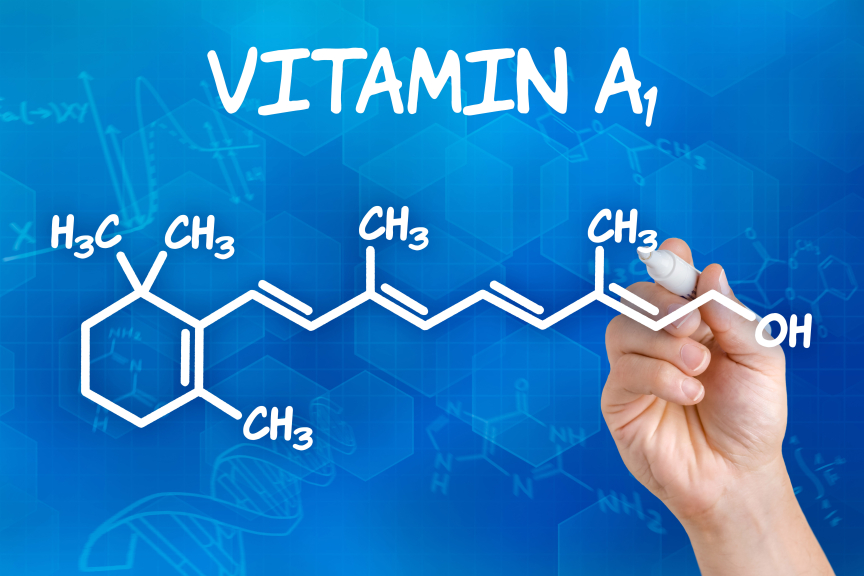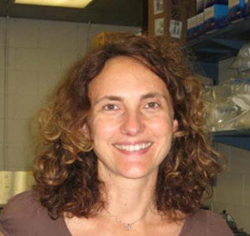Rutgers scientists could be one step closer to solving a global health problem

Rutgers scientists believe that they have found a way to fight vitamin A deficiency – a discovery they hope could be the answer to a global health problem linked to blindness, impaired immune systems, and birth defects. Vitamin A deficiency causes the deaths of millions of people every year, many of them children. The World Health Organization estimates that hundreds of millions of individuals are vitamin A deficient, especially in the developing world.
In the current issue of The Journal of Nutrition, a team led by Loredana Quadro, associate professor in the Department of Food Science in the School of Environmental and Biological Sciences, has determined that E coli bacteria engineered to produce beta-carotene, the most abundant and well-characterized precursor of vitamin A, can be a source of beta-carotene for various tissues within the body in a mouse.
Quadro says this research is an important step toward figuring out how human-friendly bacteria can be engineered to produce high levels of beta-carotene within the human gut, where they could serve as a source of the vitamin A precusor. Scientists are searching for ways to increase vitamin A intake without the need of consuming foods rich in vitamin A or beta-carotene.
“The long-term goal of our work is to translate this approach into a microorganism that will be human-friendly and will allow us to move from a mouse model system to humans, to actually fight vitamin A deficiency,” says Quadro whose team’s work was funded by a $100,000 grant from the Bill and Melinda Gates Foundation.

Quadro and her team (Michael Chickindas, associate professor of food science, Paul Breslin and Daniel Hoffman, professors of nutritional science, and food science postdoctoral researchers Lesley Wassef and Ruth Wirawan) planted in the guts of a mouse a strain of E coli bacteria to which they previously added a segment of DNA containing four genes necessary to synthesize beta-carotene. The bacteria went to work on the DNA. Not only did they produce beta-carotene, but subsequent tests showed that the vitamin A precursor crossed the intestinal barrier and made itself at home in other tissues of the mouse’s body.
E-coli, however, can’t be used in humans. “The next step is to engineer a human-friendly probiotic strain that will be capable of producing high levels of beta-carotene,” Quadro says. ”If scientists could build such a beta-carotene producing machine to reside in a person’s gut, we could overcome the need to constantly ingest foods or supplements containing vitamin A. These beta-carotene-producing probiotics could reside in a person’s intestine for a prolonged period of time, even months.”
"The usual way to treat people with vitamin A deficiency is to get vitamin A or beta-carotene into them, either with a pill or by getting them to eat food or supplements rich in these compounds,” says co-author Breslin. “But the problem is that people do not take their pill regularly and they are also not eating the beta-carotene engineered rice (golden rice) because it doesn’t look like the rice they are used to. This novel approach could potentially change the way to treat not only vitamin A deficiency, but also deficiencies of other nutrients.”
For media inquiries, please contact Ken Branson, kbranson@ucm.rutgers.edu